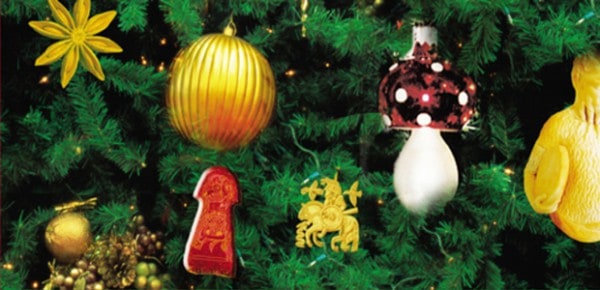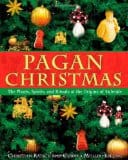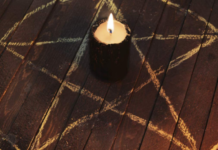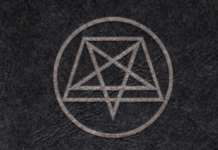
 Pagan Christmas: The Plants, Spirits, and Rituals at the Origins of Yuletide, by Christian Rätsch and Claudia Muller-Ebeling
Pagan Christmas: The Plants, Spirits, and Rituals at the Origins of Yuletide, by Christian Rätsch and Claudia Muller-Ebeling
Inner Traditions, 9781594770920, 213 pp, 2006
The subtitle of this book, “The Plants, Spirits, and Rituals at the Origins of Yuletide,” helps to explain why I wanted to review it. Far too often people focus of the most visible of Yuletide symbols (the tree, the presents, the mistletoe and the decorations) and ignore the myriad of other details which surround this time of year. So I felt drawn to investigate these background items.
The authors focus on the ethnobotany (the study of plants) associated with the season. I had read and reviewed an earlier book by them and knew that the research and writing of this book would be first rate as well. I was not disappointed in that respect, nor in any other. The book is profusely illustrated with beautiful drawings and photographs.
The authors are German and that leads to the only disadvantage that I have found with their books. The vast majority of their cited source materials have not been translated and published in English. Thus, unless you happen to be proficient in German, following up on some of the more interesting sources will be difficult if not impossible.
I may take exception with some of their definitions (I certainly wouldn’t call 15th- or 16th centuries early Christian times), but I cannot fault their presentation of facts. Differences of opinion are to be expected, since there are numerous cultures involved in the rituals of Christmas, both past and present. This book may well open your eyes to some unexpected information. Although its primary purpose is not entertainment, it does that as well while it informs and enlightens the reader.
The authors are not Pagan, and so occasional errors creep into their accounts of Pagan beliefs (I don’t care how often it has been repeated: Samhain was not the Celtic god of the dead). But then, this book is far more about folk beliefs, which have changed and become restructured over the centuries.
Despite its primary focus in the plants associated with the season, there are also a variety of other topics covered in this book. So, if you think “Oh, I’m not interested in plant lore. I’ll give this book a pass,” don’t do it. There is so much enrichment to be found between these covers it is difficult to convey.
As the authors are German, there is a heavy emphasis on their native traditions and folklore. They do not neglect the rest of the world, however, and draw from traditions as diverse as Native American (North, Central, and South), Nepali, Scandinavian, and other regions as well.
Included amongst the various illustrations are some really marvellous woodcuts dating back to the medieval period, modern photographs, and illustrations of assorted commercially available products (past and present). My impression is that fully one third of this book consists of such illustrations, and that makes this volume even more useful.
There are recipes included for incense, smoking mixtures, and such. There are also occasional sidebars giving interesting tidbits of history and lore.
If you are interested in an informative book dealing with the Pagan roots of Christmas decorations and celebrations, you will want to invest in this book. It is well-made (I found only a few typographical errors, which is remarkable considering it was translated from German) and will last for years. You will, no doubt, find yourself referring back to it time after time.
My only recommendation is that you do not loan it out. It is one of those books which will, in my opinion, tend to become “lost” once it leaves your library.








